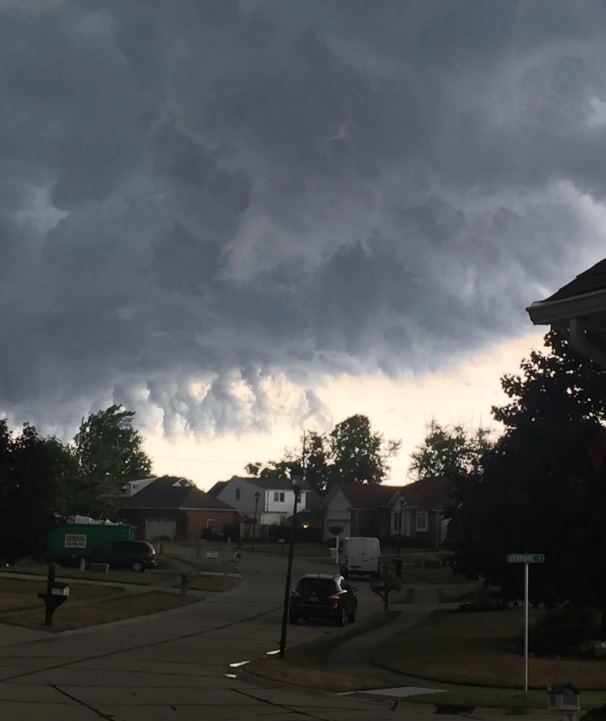Since June 1st, we continue to accumulate a rainfall deficit across northern Ohio and many parts of New England. The overall pattern has featured storm clusters to travel northwest to southeast through the corn belt. Yet much of northern Ohio, parts of Michigan and New England has missed out on frequent rainfall this summer.
As with many meteorological events, people on social media are comparing this dry period to other droughts of the past. For me, the big droughts of 1988, 1991 and 2002 come to mind. 1988 always appears on the top of my list because of the intense heat that summer. I didn't mow a lawn for 3 months!
Is there a way of comparing past periods of drought accurately? The Palmer Drought Severity Index is a great tool in comparing historical periods of above or below normal dryness or wetness of an area.
Per NOAA: "Palmer Drought Severity Index: attempts to measure the duration and intensity of the long-term drought...long-term drought is cumulative, so the intensity of drought during the current month is dependent on the current weather patterns plus the cumulative patterns of previous months".
Ohio has 10 climate divisions. I downloaded the historical PDSI monthly numbers for the northeastern Ohio climate division #3 and plotted them in roughly 30 year time periods. Green indicates wetter than normal, yellow shows drier than normal.
THE SCALE ON THE LEFT CHANGES ON EACH GRAPH SO BE CAREFUL IN YOUR COMPARISONS
A few things to note based on these observations:
* July 2016 PDSI is probably closer to -3.5. Montly numbers are not available as of this writing.
* The 1991-92 drought was longer and more severe than any drought since the mid 1960s even beating the hot summer of 1998!
* Frequency of wet periods were much higher than dry periods since 2000
* The drought of 1962 to 1966 is comparable in duration to the drought of the early 1930s. These drought events mark the only two instances where the PDSI dropped below -6
* Many periods of drought from the 1910s to the 1930s with very little long term recovery
* Three major droughts between 1895 and 1910
These graphs are great but they are annual monthly plots. How about summer droughts? I singled out the summers (May through September) where PDSI levels stayed below -1. (NOTE: I CHANGED THE SIGN OF THE PDSI NUMBERS TO POSITIVE TO BETTER REFLECT THEIR SIGNIFICANCE GRAPHICALLY)
Some years to note:
* The summer droughts of 1991 and 1999 started off earlier and lasted into September. 1988 was tame in comparison.
* During the summers between 1930 to 1934, fifteen of the twenty-five months had drought levels below -3. During the 1960s' summer droughts, only six of those twenty months saw levels that dry.
* Yes, our soil moisture is significantly dry. But we have a long way to go before this drought becomes historic





















